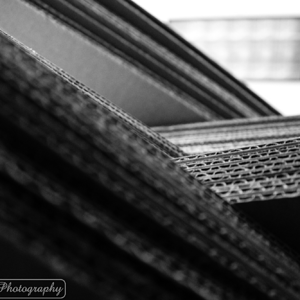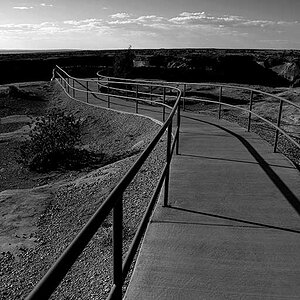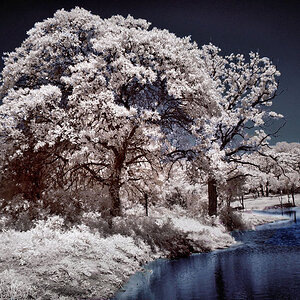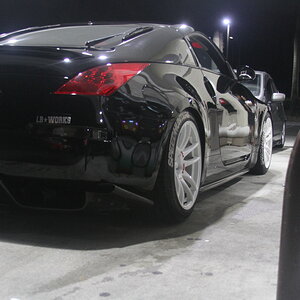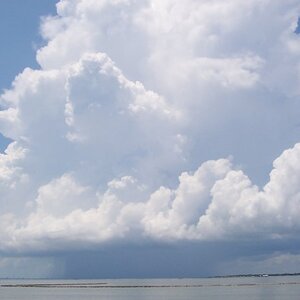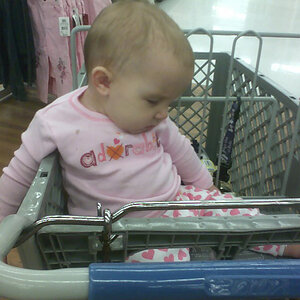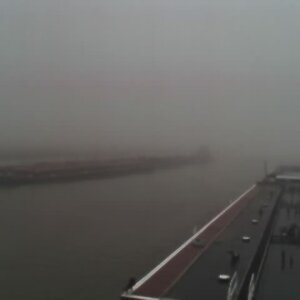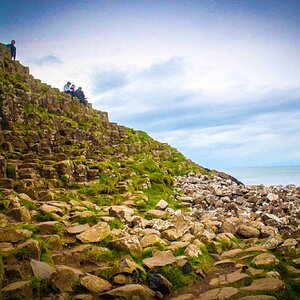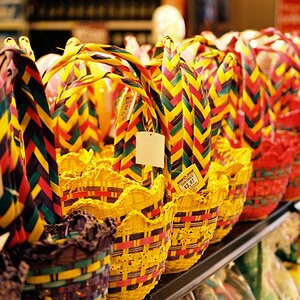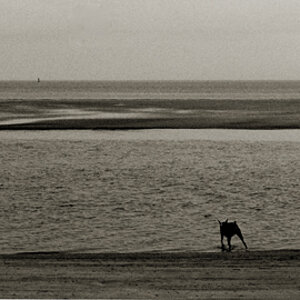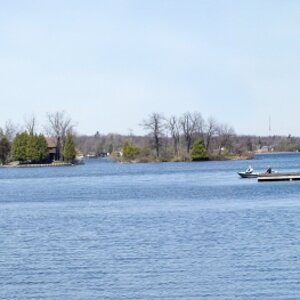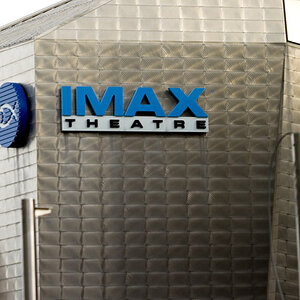zeppelin390
TPF Noob!
- Joined
- Dec 15, 2008
- Messages
- 83
- Reaction score
- 7
- Location
- Delaware
- Website
- www.wingsimaging.com
- Can others edit my Photos
- Photos OK to edit
I'm just learing about taking color pictures in RAW format, and then using Image Data Converter to change into B&W. What I'm confused about is which method is better. Is it a personnel preferance, or is one way definately better than the other?



